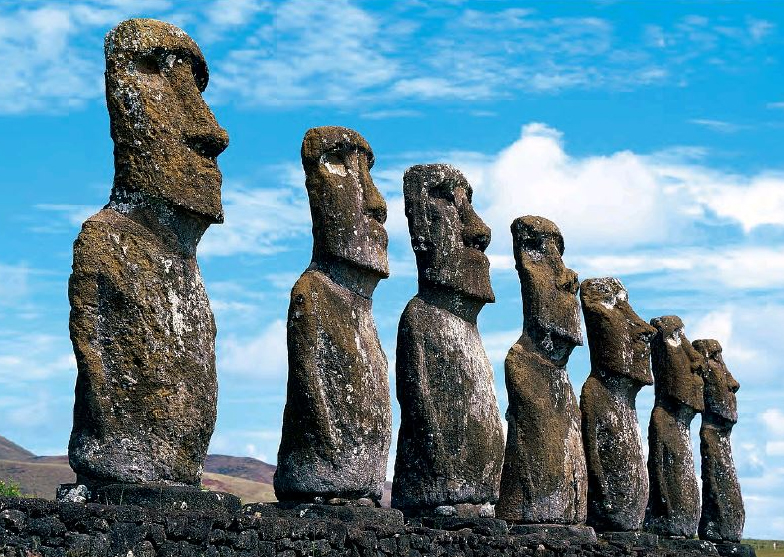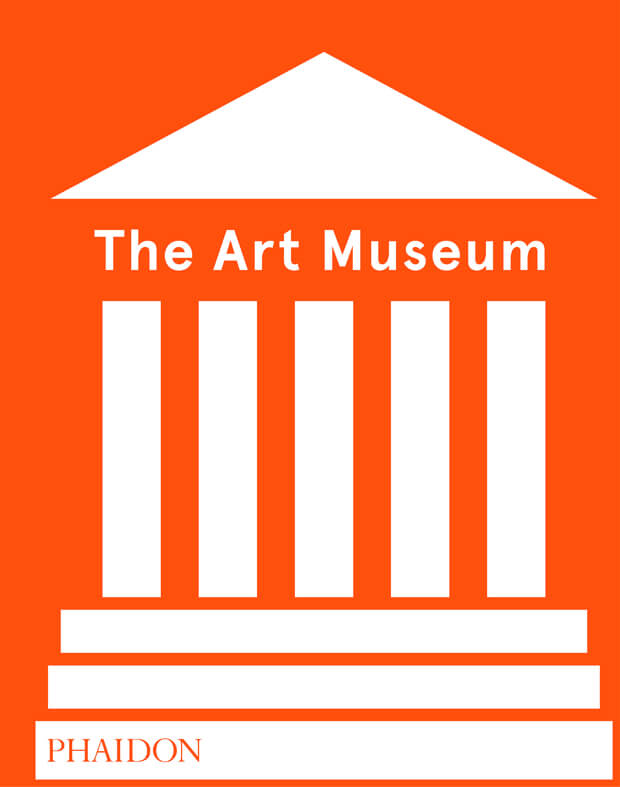
How we relocated Easter Island to The Art Museum
The statues cannot be moved anymore but you can see them all in our impossibly good museum-in-a-book
The moai, or monolithic carved figures on Easter Island have been protected by UN convention since the early 1970s. Of course, this protective status didn’t come early enough for some of these incredible sacred sculptures; many have been destroyed, and others have been relocated to museums around the world, including The British Museum, the Louvre in Paris, and the Smithsonian’s National Museum of Natural History in Washington DC.
Moving these works of vernacular art was a fraught and disruptive process, both for the islanders, and for the plunderers, as our newly revised book, The Art Museum, makes clear. “Much of Pacific art is made to ensure the ongoing spiritual presence of ancestors, which is believed necessary for order and social harmony within communities,” explains The Art Museum.
Researchers think that the Easter Island’s moai were looked after by local priests, whose duties included caring for and inserting the figure’s coral eyes, which were placed into the moai’s eye sockets during certain ceremonies.
“Consequently, people who were not part of this group had to avoid direct contact with both the sacred moai.”
Given these spiritual proscriptions, how have we managed to squeeze a full set of these Easter Island statues in among the Indonesian ancestor masks and aboriginal memorials in the Australia and Oceanana room within The Art Museum? Well, this new, revised edition is the most comprehensive and compelling art museum, published in book form. The Art Museum has got it all, from prehistoric times to the present, all arranged in a series of museum-style rooms; it features over 1,600 artworks created with the expertise of 28 art world curators and historians.

From Ice Age sculptures through to today’s contemporary masterpieces, The Art Museum manages to fit an impossibly large and impressive range of exhibits onto its pages. Hundreds of illustrations and thousands of illuminating lines of 'wall text' let readers browse through centuries of art, as if they were wandering through the rooms in this impossibly comprehensive museum, or even along a deeply sacred stretch of Pacific coastline, replete with its imposing, stone figures.
Check back soon for another trip round The Art Museum, and if you like what you see, buy a copy of the book here.